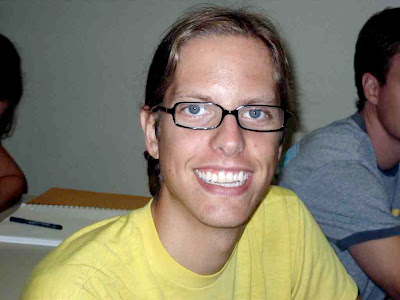In a country where consumption and materialism pave the way to a fulfilled life, where gender and racial issues have yet to be resolved, and where our environment is being destroyed by our own life styles, social movements will continually become more important. In Jeff Goodwin’s and James M. Jasper’s book The Social Movements Reader, the authors provide a historical perspective on past social movements and how these movements shape our movements today. Goodwin, a professor of sociology at New York University, and Jasper, author of many books on culture and sociology, have worked in the area of sociology for many years, both contributing influential books to their discipline.
The Social Movements Reader is a collection of essays, articles, and chapters from other books. Goodwin and Jasper have compiled this collection around nine questions that show the historical origins, organization, actions, and interactions of social movements. These questions include:
- When and why do social movements occur?
- Who joins them?
- Who remains involved?
- What do participants think and feel?
- How are social movements organized?
- What do movements accomplish?
- How do the state and mass media affect the movements?
- Why do movements decline?
- What changes do movements cause?
Goodwin and Jasper define social movements as “conscious, concerted, and sustained efforts by ordinary people to change some aspect of…society” (3). Through these movements, “we work out our moral visions, transforming vague intuitions into principles and political demands” (5). Although covering a broad range of information, this reader has two major themes running throughout. First, from inception to dissolution, social movements and its participants are concerned with more than cognitive realities. Instead, they are concerned with perceptions, emotions and ideas (14). This more holistic approach arises because people’s collective identities, attitudes, and worldviews—all of which involve cognitive, emotional, and moral views—affect who joins and stays in social movements (52-53). Social movements have become “an effort to impose cognitive meaning on the world, to forge a personal and collective identity, to define and pursue collective interests, and to create or reinforce affective bonds with others” (54). Thus, emotions are essential because they are “the ‘glue’ of solidarity—and what mobilizes conflict” (154).
Secondly, social movement participants do not make autonomous decisions. They constantly think about the fate of the group, and they support one another to help build this communal interest and collective identity. Ultimately, the success of a social movement depends on the “social integration” of people in the movement (53). People’s social links or social integration to the movement determines whether they will get involved and stay involved (chapter six).
The Social Movements Reader does not give much practical advice on starting or sustaining a social movement, this is not one of its goals (5). However, this reader is a kind of anamnetic practice connecting our present and future social movements with the influential movements of the past. Through this connection, the reader encourages us to be true to our culture by being embedded in it and operating out of it.

No comments:
Post a Comment